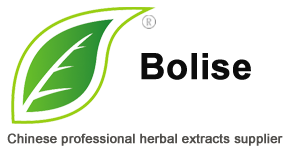[ Function ]
used for medicine, disinfection, alleviating fever and increasing resistance to cough and phlegm.
[ Actions ] Anti-microbial, anti-fungal, bitter
[ Uses ] increases resistance to colds and flus
[ Pharmacology ] usnic acid - Bitter; prevents ATP formation in bacteria, not absorbed - action is in lumen

Description:
Beard lichen, one member of the Usnea, is a yellow or green fruticose (bushy, branched) lichen. It also has long stems and disk-shaped holdfasts, which looks like an intricate coil. It grows in the Arctic and the tropical areas, which is usually eaten by wild animal or collected as the feed. In the past, it is used to treat whooping cough, catarrh, epilepsy, and dropsy. It is also used as astringents, tonics, and diuretics. As early as 300 BC, Old-man’s-beard (U. barbata) was described as a hair-growth stimulant. Hanging on the branches in humid, mountainous areas, the moss (U. longissima) looks like grey thread with 1.5 m (5 feet) length or so. Some kinds of Usnea produce orange dye as well. It is the “beard moss,” or “tree moss,” written from Shakespeare’s “idle moss”. It is sometiems confused with Spanish moss, while latter one's appearance is similar to lichens but not related.
Beard lichen extract (Usnic acid) is a cosmetic auxiliary approved by CTFA. It is a broad-spectrum antibiotic with strong inhibition on most Gram-positive bacteria. The concentration of 50 μg.ml-1 beard lichen extract can completely inhibit bacterial growth. It can be used as a highly effective preservative in cosmetics. It selectively inhibits the main bacterial streptococci that cause oral diseases and dental caries. Usnic acid has therapeutic effect on a variety of skin diseases such as burns, infections, psoriasis and so on.

 Asia Bio-Pharmaceutical Research Institute
Asia Bio-Pharmaceutical Research Institute Bolise Co., Ltd.
Bolise Co., Ltd.


